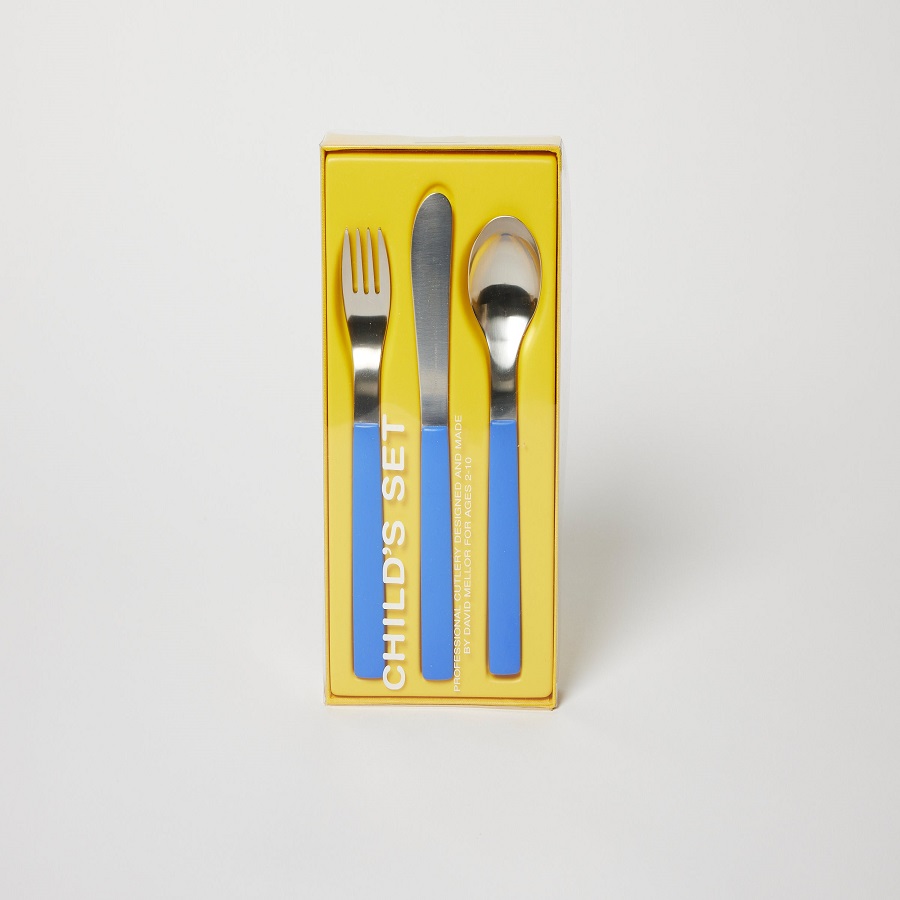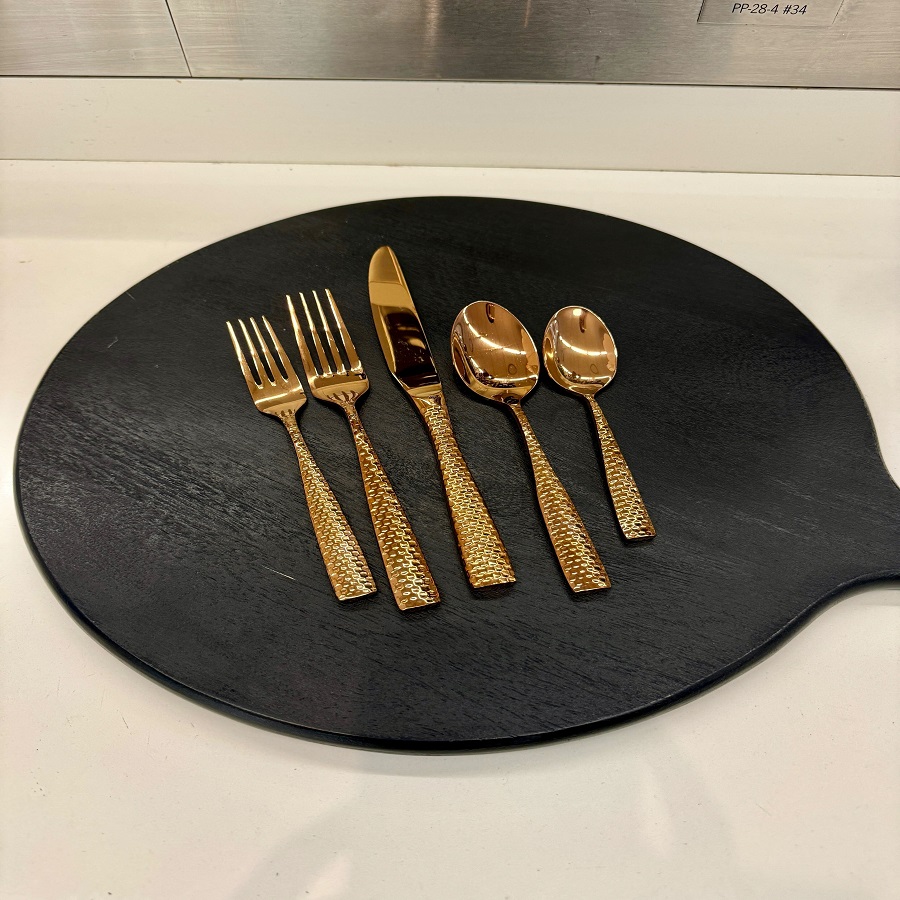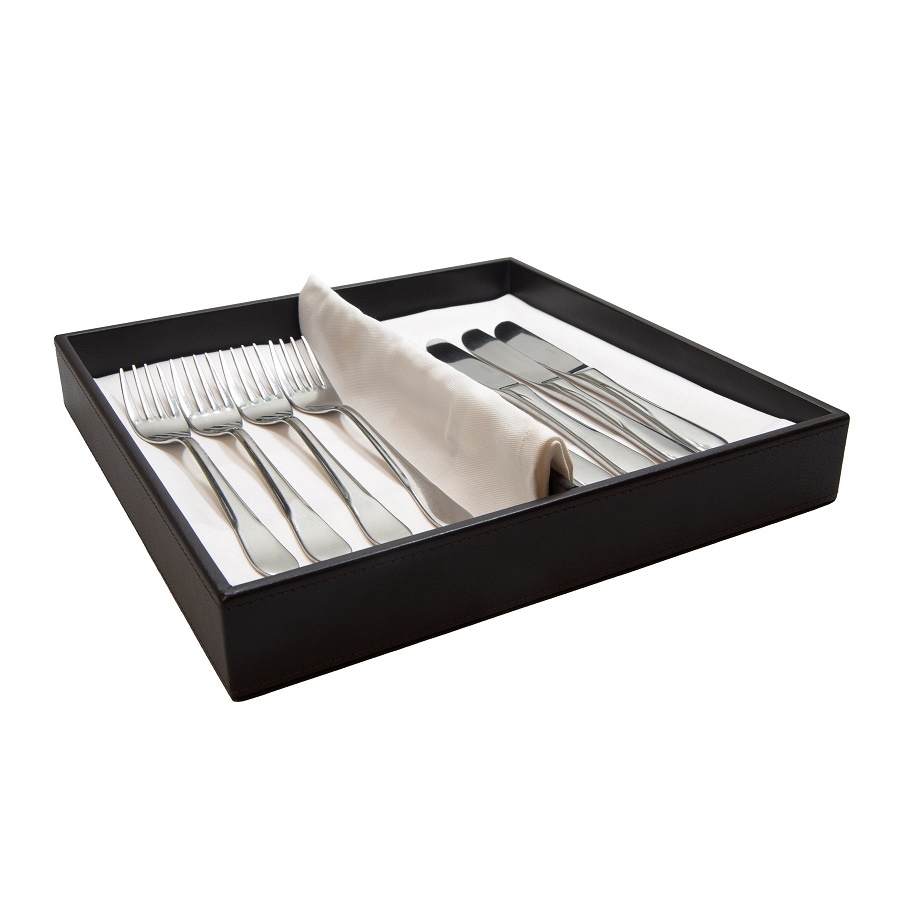 Introduction:
Introduction:
A clean and functional kitchen sink drain is essential for proper water flow and waste removal. Over time, kitchen sink drains can become clogged with food particles, grease, and other debris, leading to unpleasant odors and slow drainage. In this comprehensive article, we will provide you with a step-by-step guide on how to clean your kitchen sink drain effectively. From simple home remedies to preventive measures, you will learn the best techniques to keep your kitchen sink drain clear and clog-free.
 Here are some common materials used for kitchen sink drains:
Here are some common materials used for kitchen sink drains:
The material of the kitchen sink drain can vary depending on the manufacturer and the type of sink. Here are some common materials used for kitchen sink drains:
Stainless Steel: Stainless steel is a popular material for kitchen sink drains. It is durable, corrosion-resistant, and easy to clean. Stainless steel drains also match well with stainless steel sinks, providing a cohesive aesthetic.
Plastic/PVC: Plastic or PVC (polyvinyl chloride) drains are commonly used in budget-friendly or less expensive sink models. These drains are lightweight, easy to install, and resistant to corrosion. However, they may not be as durable as stainless steel or other metal options.
Brass: Brass drains are known for their strength and durability. They are resistant to corrosion and can withstand high water pressure. Brass drains often come with a variety of finishes, such as chrome or oil-rubbed bronze, to match different sink styles.
Cast Iron: Cast iron drains are sturdy and long-lasting. They are often used with cast iron sinks for an integrated and seamless installation. Cast iron drains can be coated or lined with materials like porcelain enamel to enhance their durability and prevent corrosion.
Copper: Copper drains provide an elegant and unique look to the kitchen sink. They are corrosion-resistant and can develop a beautiful patina over time. However, copper drains are more commonly used in specialized or high-end sinks due to their relatively higher cost.
It’s important to consider the compatibility of the drain material with your specific sink and any local plumbing regulations. Additionally, choosing a drain material that is durable and resistant to corrosion will help ensure the longevity and proper functioning of your kitchen sink drain.
 Home Remedies for Unclogging
Home Remedies for Unclogging
Boiling Water:
Start by pouring a pot of boiling water down the drain.
This can help break down grease and remove minor clogs.
Baking Soda and Vinegar:
Mix equal parts of baking soda and vinegar.
Pour the mixture down the drain and let it sit for about 15 minutes, then flush with hot water.
Salt and Hot Water:
Mix a solution of half cup salt and four cups of hot water.
Pour this down the drain and let it sit for several hours or overnight, then flush with hot water.
Mechanical Solutions for Tough Clogs
Plunger:
Use a plunger specifically designed for sink drains.
Create a seal around the drain opening and push and pull vigorously to dislodge the clog.
Drain Snake or Auger:
Insert the drain snake or auger into the drain and rotate it to break up or remove the clog.
Continue feeding the snake until you feel resistance, then retract it while rotating.
Preventive Measures
Use a Sink Strainer:
Install a sink strainer or mesh screen over the drain to catch food particles and debris.
Empty and clean the strainer regularly to prevent buildup and potential clogs.
Flush with Hot Water:
Regularly flush your kitchen sink drain with hot water after each use.
This helps prevent grease and oils from solidifying and aids in removing loose debris.
Avoid Pouring Grease and Oils:
Dispose of grease, cooking oils, and other fatty substances in a separate container.
Do not pour them down the kitchen sink as they can solidify and cause clogs.
 Some important maintenance tips to keep in mind:
Some important maintenance tips to keep in mind:
Proper maintenance and care for the kitchen sink drain and faucet can help prevent clogs, leaks, and potential damage. Here are some important maintenance tips to keep in mind:
Kitchen Sink Drain Maintenance:
Regular Cleaning: Clean the sink drain regularly to prevent buildup of grease, food debris, and soap scum. Use a sink drain cleaner or a mixture of baking soda and vinegar followed by hot water to break down and flush away any residue. Avoid using harsh chemical drain cleaners as they can damage the pipes.
Use a Drain Strainer: Install a drain strainer or screen to catch food particles and prevent them from entering the drain. Empty the strainer regularly to prevent clogs and unpleasant odors.
Avoid Dumping Grease: Grease and oil should not be poured down the kitchen sink drain as they can solidify and cause blockages over time. Instead, capture excess grease in a container and dispose of it in the trash.
Kitchen Faucet Maintenance:
Clean Regularly: Wipe the faucet with a non-abrasive cloth or sponge to remove soap scum, water spots, and grime. Avoid using abrasive cleaners or scrub brushes that can scratch the surface.
Check for Leaks: Regularly inspect the faucet for any leaks or drips. If you notice a leak, promptly repair or replace the necessary components to prevent water wastage and damage to the surrounding area.
Avoid Harsh Cleaners: Avoid using harsh or abrasive cleaners on the faucet finish as it can damage the surface. Instead, use a mild soap or a mixture of vinegar and water to clean the faucet.
Test and Maintain Water Pressure: Periodically check the water pressure of the faucet to ensure it is functioning properly. If the pressure is low, there may be a buildup of mineral deposits in the aerator. Remove the aerator, clean it, and reinstall to restore proper water flow.
Handle with Care: Handle the faucet gently and avoid using excessive force when operating the handles or turning the spout. Rough handling can cause damage to the internal components or loosen the connections, leading to leaks.
Regular maintenance and proper care are key to ensuring the longevity and functionality of the kitchen sink drain and faucet. By following these maintenance tips, you can prevent clogs, leaks, and unnecessary repairs, keeping your kitchen sink in good working condition.
 Conclusion:
Conclusion:
Keeping your kitchen sink drain clean and clog-free is essential for maintaining proper functionality and preventing unpleasant odors. Whether you’re addressing minor clogs with simple home remedies or tackling tough clogs with mechanical solutions, regular maintenance and preventive measures are key. By incorporating a sink strainer, flushing with hot water regularly, and avoiding pouring grease and oils down the drain, you can minimize the risk of clogs and maintain a pristine kitchen sink drain. With these effective techniques and preventive measures, you can ensure a clean and efficient kitchen sink drain, promoting a hygienic environment and smooth water flow in your kitchen.




